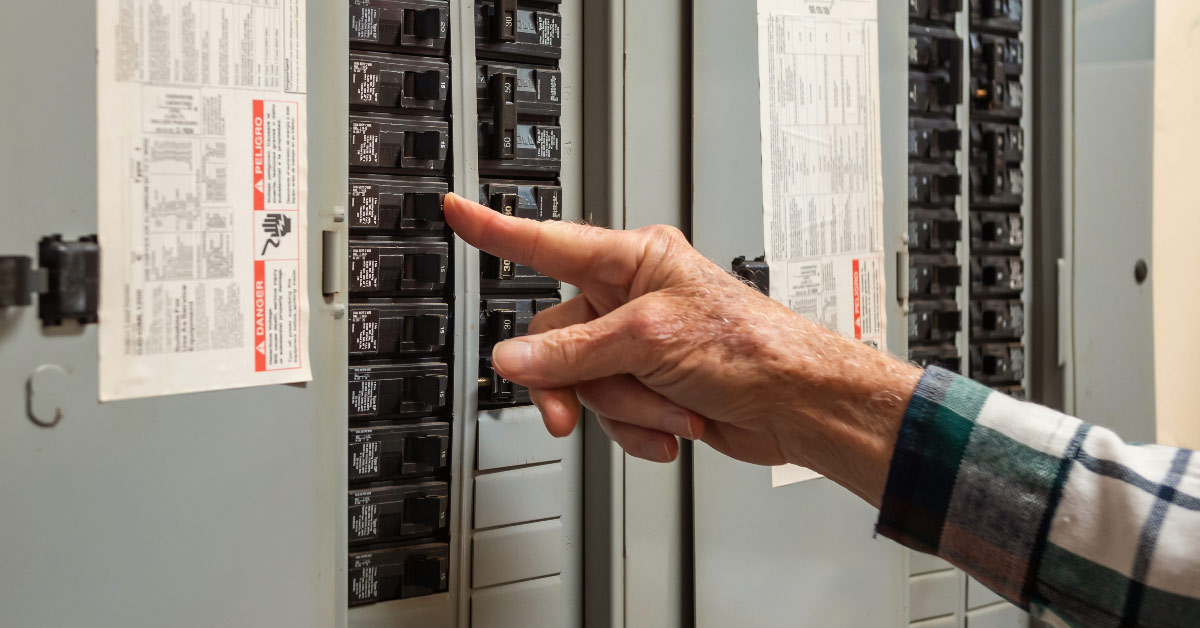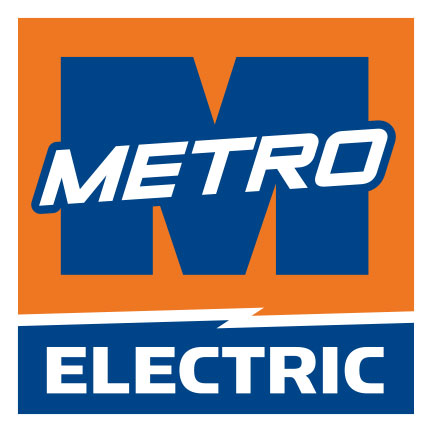Service Panel 101

Service panels, often referred to as electrical panels or circuit breaker panels, are the nerve center of your home’s electrical system. These unassuming metal boxes play a crucial role in ensuring the safety and functionality of your electrical network. Whether you’re a homeowner or just curious about the electrical systems in your home, it’s important to understand what role service panels play in our lives.
Service Panel Basics
A service panel is a metal box with a door, typically built into the wall of a low-traffic area in your home. Behind the door you’ll find all of your home’s breaker switches, each one responsible for providing electricity to specific parts of your house.
In addition to individual breakers, you’ll also find the main circuit breaker that controls power to the entire house. This can be shut off in the case of emergencies, and all members of your family should be educated about it.
The service panel is the central distribution point. It connects the service wire—the main wire coming from the outside into the house—to the exit wires that split off and service different parts of the house.
Common Panel Sizes
Different types of panel boards can provide 100, 200, or even more amps of power to a home. ‘Amp’ is short for ampere, which is a standard unit of measurement for electrical currents. Depending on the size of your home and the amount of electricity you use, your panel will typically deliver one of the following:
100 amps: Average home coverage, may not be enough for most households.
150 amps: Homes that run multiple appliances at once will need at least 150 amps from their electric panel.
200 amps: Homes that are nearly 2,000 square feet or have heavier energy demands may need 200 amps.
400 amps: Large homes with high energy needs, or properties with heavy duty workshops, will typically require 400 amps.
Individual breakers are divided by what amperage they can handle. Breakers range from 15 to 200 amps, but most are 15, 20, or 30 amps. Some power-hungry appliances, like air conditioners, may have their own breaker.
Know Your Power
Insufficient power from your service panel can cause multiple problems for your circuits. Modern technology needs more electricity than ever, and outdated panels often can’t keep up. Some of these issues include flickering lights, frequently tripped circuit breakers, appliances not running at full power, and more.
Even if none of these problems are evident, you should still consider updating your service panel if it’s more than 25 years old.
